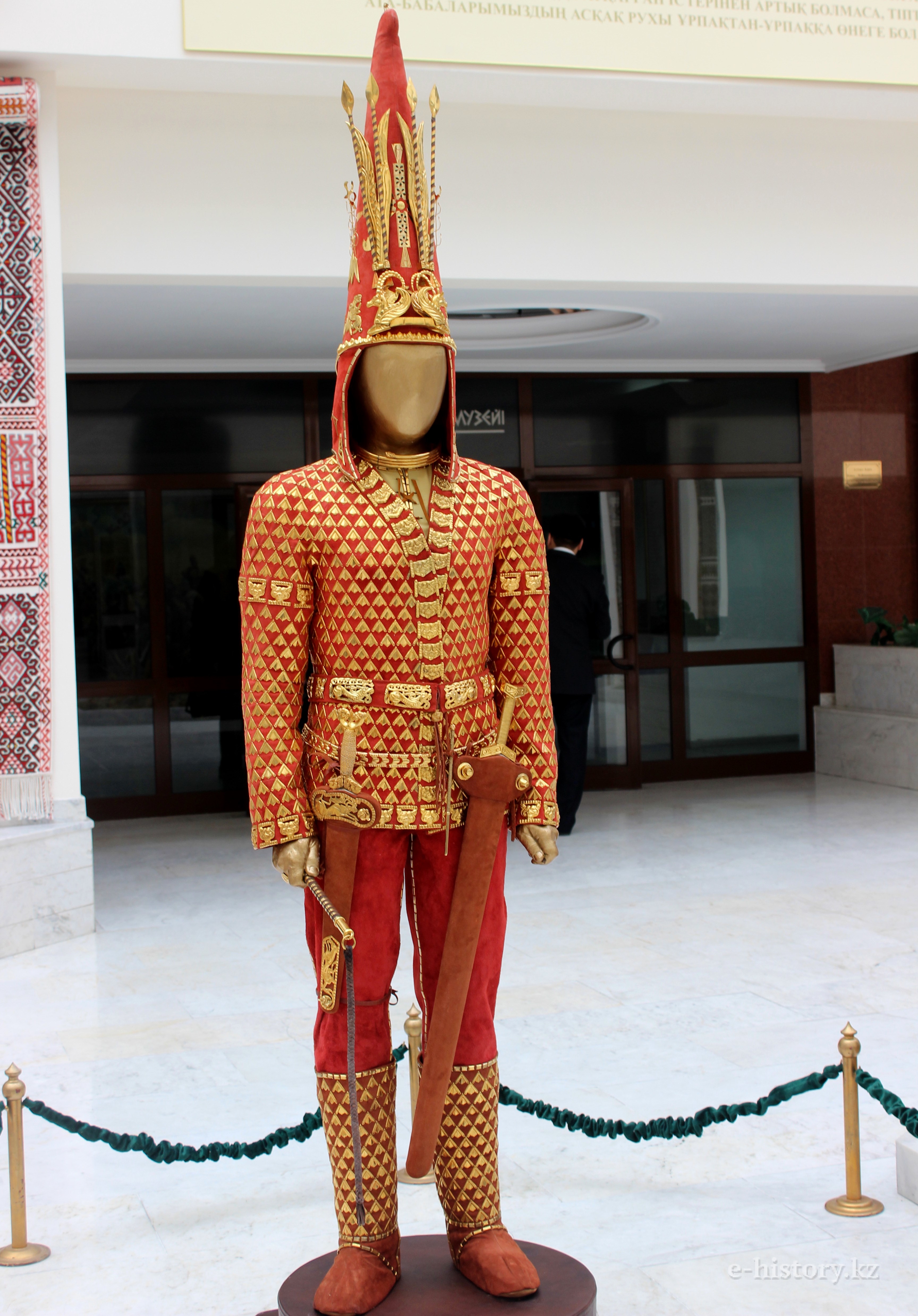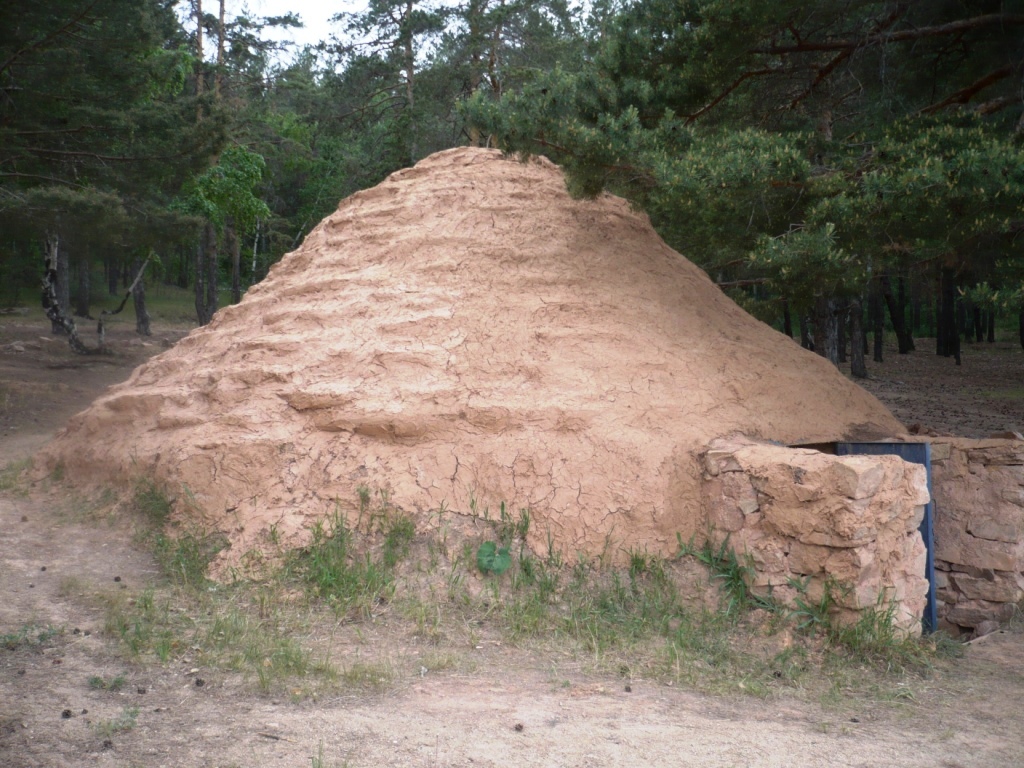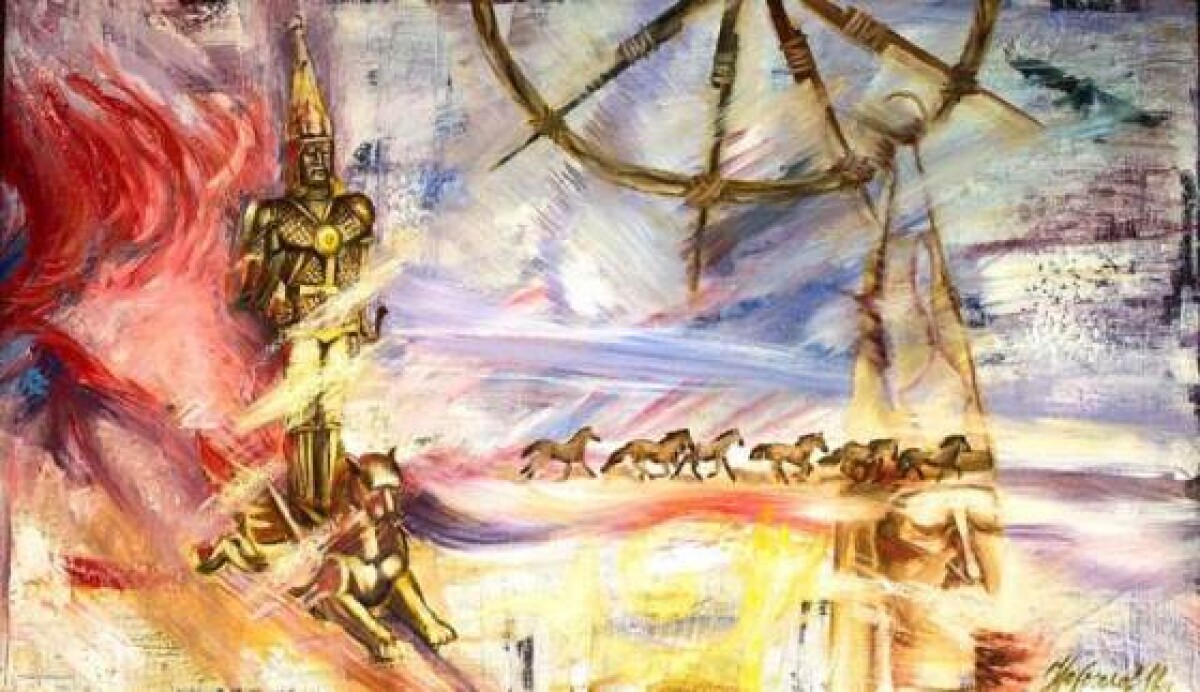
Otrar settlement
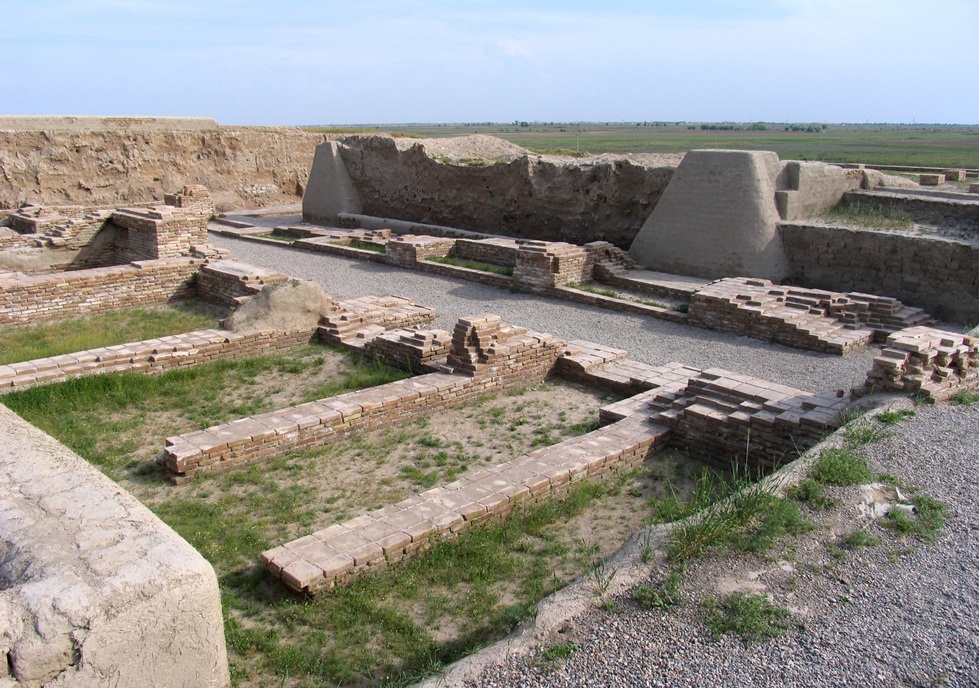
Since 1969, in the Kyzylkum region of South Kazakhstan region archeological excavations of Otrar settlement have been conducted. In 1219–1220 years the city was stormed by the troops of Genghis Khan. In 1405 the great conqueror Timur died here. The Great Silk Road passed through Otrar, thus the name of the city can be found almost in all medieval Arabic and Persian written sources.
One of the most significant buildings of Otyrar in 14th- 15th centuries, is the mosque, one of the largest, which has been uncovered in a medieval city on the territory of Kazakhstan. The name of Timur is related with the construction. Mausoleum of Khoja Akhmed Yassawi in Turkestan and Arystan-Baba in Otrar were built by his order.
The palace complex Akyrtas
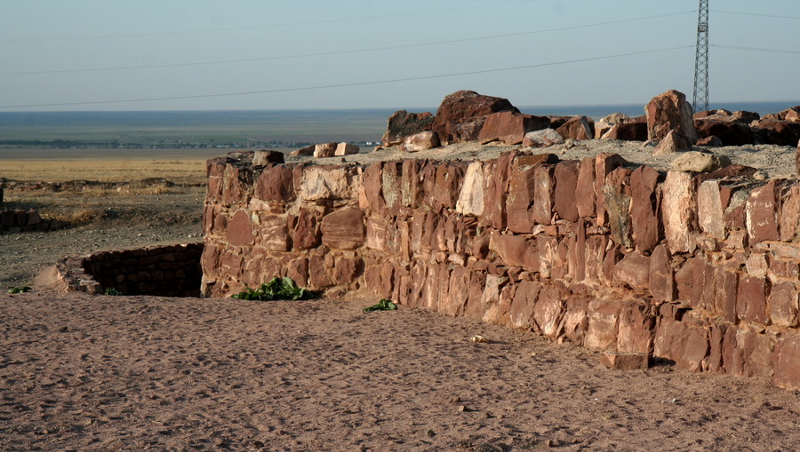
The palace complex «Akyrtas» is located 45 kilometers from the city of Taraz, Zhambyl region. The study of Akyrtas continues for more than 130 years. But none of the scientists cannot say what is its purpose, as well as when and who built it.
Akyrtas always was the legend. And in the Middle Ages people assumed the remains of what were these magnificent ruins. This place has always been full of a certain mystique. Archaeological excavations in the territory of the complex continue.
Petroglyphs of Tamgaly
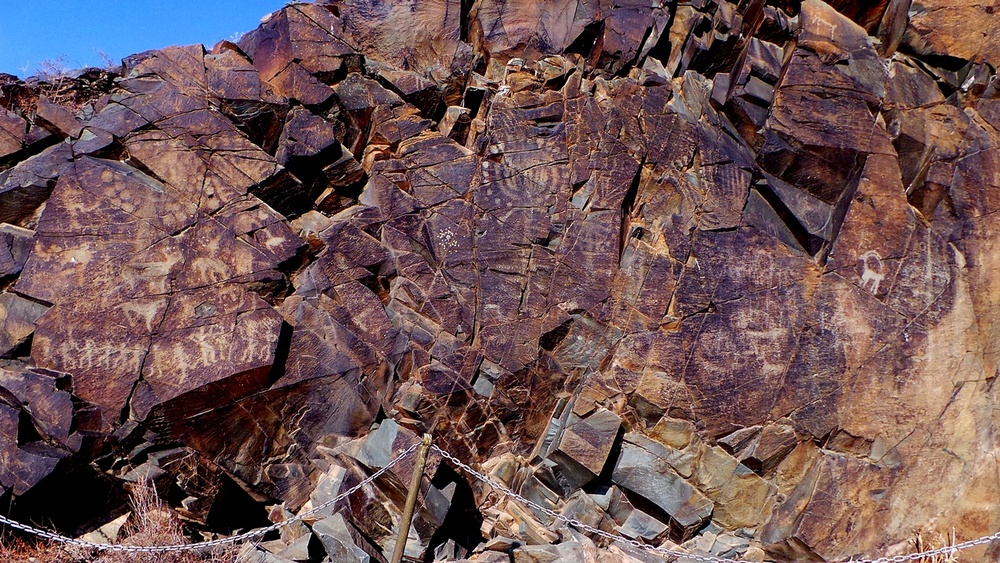
Tamgaly tract, located 170 km north-west of the Almaty city, has the largest and studied collection of Kazakhstan petroglyphs, included in UNESCO World Heritage Site. Petroglyphs were discovered in 1957 by an archaeological expedition of the Kazakhstan Academy of Sciences under the direction of Anna Maximova.
The complex consists of burial monument, petroglyphs and places of worship, which creates a single sacred territory used by people for over two thousand years. There was a sanctuary, ritual ceremonies were held, people prayed to the gods and the spirits of ancestors.
Petroglyphs date from the 14th century BC — 6th-8th centuries, i.e. from the Bronze Age to the development of the Great Steppe Turkic peoples. Petroglyphs locate on the large size of the territory of 3 to 10 kilometers. But the most significant part of them are concentrated in the area of about 250 by 500 meters, there are about 2,000 petroglyphs here. Tamgali overall has up to 5,000 images.
Issyk “Golden Man”
In 1969, the Kazakh archeologists led by Kimal Akishev began excavating a huge mound, located 50 kilometers to the east of Almaty. Issyk barrow was part of a grand burial mound complex 45 earthen pyramids, strung out over a distance of three kilometers. The height of which is only 6 meters, compared with other15-meter pyramids, Issyk does not stand out. Like other mounds, Issyk was robbed in ancient time. However, the robbers did not notice any side burial, in which lay the remains of a man, now known in the world of science as the «Golden Man of Issyk».
Warrior buried in a mound was really gold. In the burial chamber, archaeologists found more than four thousands gold jewelry: jewelry items of clothing, headgear and footwear, rings, statues and plaques. On the floor were the vessels of wood, clay, bronze and silver. And the location of objects, once adorned the front armor of a buried warrior, the remains of an iron sword and dagger allowed researchers to as result of hard work for the first time in science reconstruct the look of Sakas warrior.
Berel burial mounds

In 1998, in a mound near the Berel village in Chiliktinsk valley expedition led by the Kazakh archaeologist Zeinulla Samashev discovered a well-preserved burial Sakas prince, dating back to 4th century BC.
In addition to a large number of household items and decorations in the mound were found the remains of 13 harness horses, decorated with gilded horns.
Horses of Berelsky mound are 2,500 years. Due to the original features of mound’s structure was preserved not only meat in good condition, but also the materials of arts and crafts. The secrets of masters of the Sakas period, who had the technology of manufacturing gold jewelry, in common called white gold (when gold falls on a silver base), are still do not unraveled. In modern times, technology of electrolysis is used for this.
Botay settlement
Archaeological monument Botay opened in 1980 by archaeologist Victor Seibert, located in the south of the North Kazakhstan region. At least 250 houses were built during the periods of its existence in the settlement.
From the first day of excavation scientists were also surprised by a huge amount of horse bones. 133 thousands bones of the horse have been studied. The result was stunning: horses of Botay do not belong to any of the known types of horses before. So researchers concluded that 6000 years ago on the territory of Kazakhstan for the first time was the domestication of horse.These were not wild animals that grazed on the vast steppes. The horse was domesticated and used by ancient man on the hunt and in the household. It was quite a sensation, until recently it was believed that horse domesticated much later.
“Golden princess”
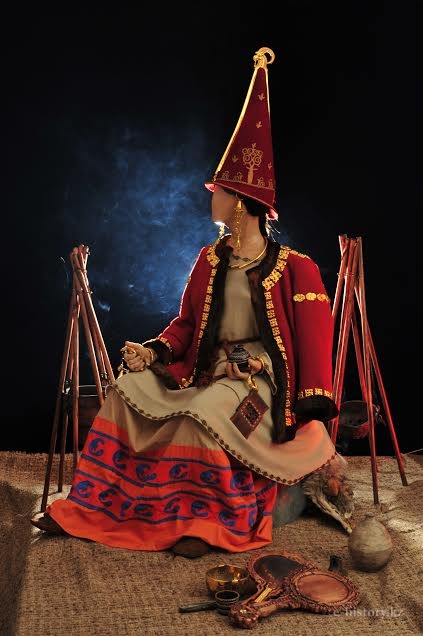
In 2012, on the territory of Terektinsky district of West Kazakhstan region by archaeological expedition led by Murat Sdykova was discovered the burial mound of a noble woman.
After a series of laboratory studies, scientists were able to establish that the burial belongs to the 6th-5th centuries BC and that it is the oldest of the «golden» graves found in Kazakhstan.
In addition to the 119 gold pieces in the mound was also found a comb, which has no analogues in the world history. It is one of the few images of people of ancient times, transmitting a unique story.
According to the researchers, one of the biggest historical events of the middle of the 1st millennium BC — the collision of two worlds: the Achaemenid Iran and nomadic steppe, was recorded at this place.
